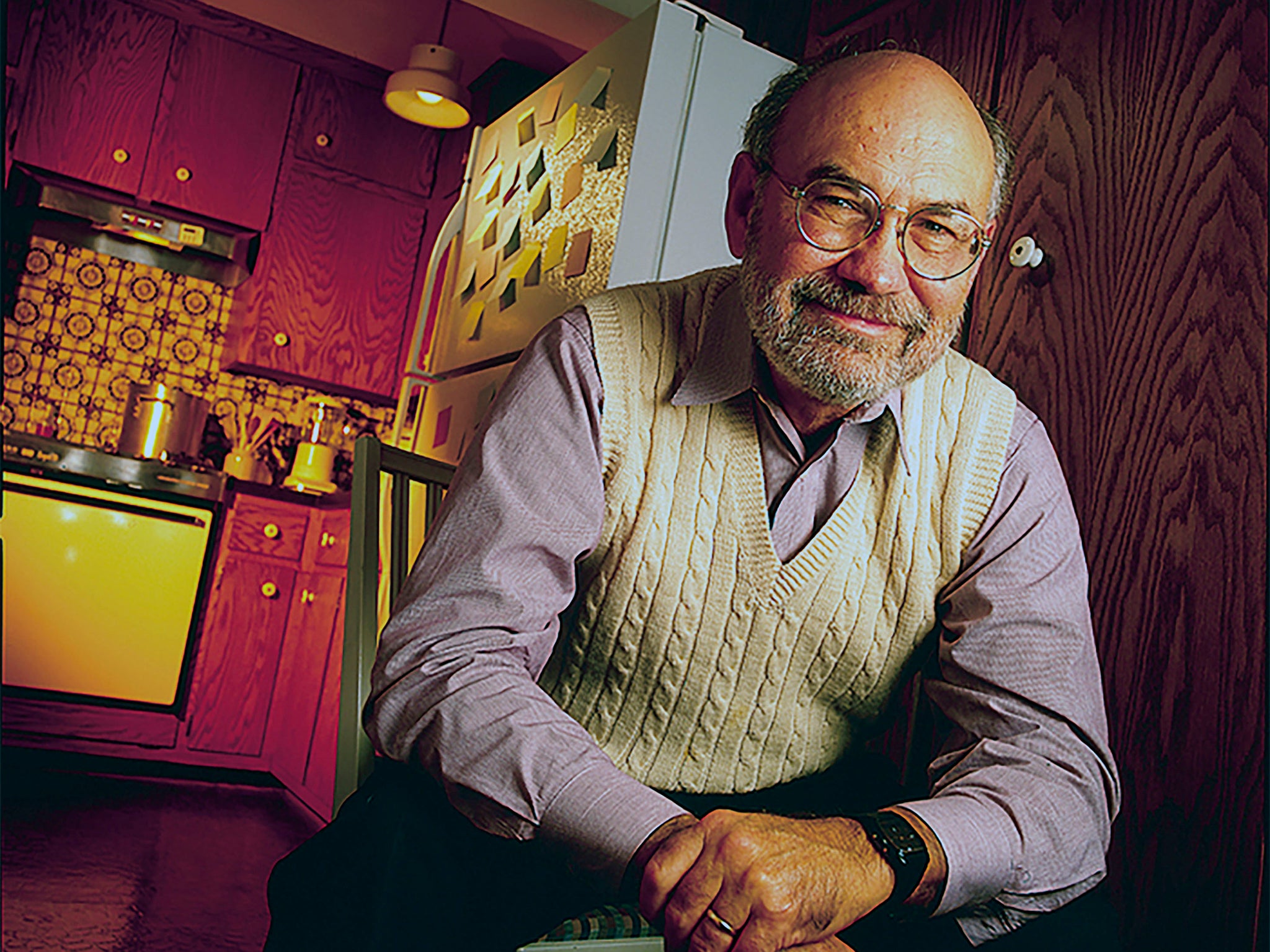Spencer Silver: Chemist and Post-it Note co-inventor
The scientists created the adhesive that has made billions of paper sheets stick to surfaces around the world

Spencer Silver, a chemist who accidentally invented the delicate adhesive used in Post-it Notes, an innovation that has blanketed the office landscape like a blizzard with messages and became a favoured modern medium for jotting notes to oneself and others, has died aged 80.
Just as scholars of the ancient world study stone tablets to understand the societies of yesteryear, future scholars might one day pore over Post-it Notes, handling them with the white gloves used to leaf through the pages of rare books and seeking to divine from them the daily rituals of 20th- and 21st-century life.
Post-it Notes, those scholars would discern, were a ubiquitous paper product that began life as a solid pad before its lightly sticky sheets, one by one, were dispersed to the wind, each carrying a phone number or grocery list, an admonition that an assignment was “due ASAP!!” or that the recipient should “call mum”, a reminder to “pick up cat food” or a quick “Love you more”.
The Post-it Note was credited to two principal inventors – Silver, tasked by owners 3M in 1968 with creating a new superstrong adhesive, and Art Fry, a colleague who discovered an application for the intriguing substance that Silver produced.
His adhesive at first seemed a failure. It was weaker even than a schoolchild’s art glue. But it had an unusual characteristic: it could be attached to a surface, peeled off and reattached without damaging the surface or losing stickiness.
Even under magnification, Silver recalled, the new adhesive appeared most unusual. “I saw beautiful, bright, clear, crystalline spheres – like little glass balls,” he told the Newark Star-Ledger in 2000. “They were optically clear, soft and rubbery.”
Gorgeous as his chemical compound may have been, Silver struggled to find a marketable application for it. It was, he observed, “a solution waiting for a problem to solve”. That problem was identified in 1974 by Fry, a 3M scientist who sang in a Presbyterian church choir. He marked each week’s musical selections with scraps of paper, which, to his abiding annoyance, fluttered to the floor when he opened his hymnal.
“I’m looking over the guy’s shoulder next to me, trying to find the page,” Fry told NPR years later, remembering the fateful choir practice when he had his epiphany. “And I thought, I wonder if I could make a bookmark that would stick to the paper [but not] tear the paper apart if you try to pull it off. And then I thought of Spence’s adhesive. Aha.”
Together they created a prototype of the product that became the Post-it Note, trying it out at 3M offices and then, in 1977, in four test markets under the name Press ‘n Peel. Languishing at first, the product got a boost from a marketing spree in Boise, Idaho, and was distributed nationally beginning in 1980. It quickly became a staple of office supply closets and American kitchens – once described by a 3M spokesperson as the household “command centre” – selling in the billions.
“It was always a self-advertising product because customers would put the notes on documents they sent to others, arousing the recipient’s curiosity,” Silver said, according to the company website. “They would look at it, peel it off and play with it, and then go out and buy a pad for themselves.”
First produced in canary yellow, Post-it Notes are available today in an array of pinks, oranges, yellows, greens and blue. In an irony that brings Silver’s chemical experimentation full circle, the product is also available in a “Super Sticky” incarnation.
Spencer Ferguson Silver III was born in San Antonio on 6 February 1941. His father was an accountant, and his mother was a secretary.
Silver moved to Phoenix aged 13 and received a bachelor’s degree in chemistry from Arizona State University in 1962. He received a doctorate in organic chemistry from the University of Colorado at Boulder four years later and was hired the same year to work in 3M’s research laboratory.
Silver received 37 patents during his employment with 3M, according to the company, where he retired in 1996. He and Fry were inducted into the National Inventors Hall of Fame in 2010.
Outside his professional work, Silver was a painter. But it was his Post-it Note that was eventually entered into the collection of the Museum of Modern Art in New York – an example, a curator declared, of “everyday design the collection set out to celebrate”.
Speaking to the Star Ledger, Silver wondered about the tendency among consumers to never use an entire Post-it Note pad before replacing it. There are always a few lonely blanks, he observed, before the supply closet is raided for a new stash.
He drew almost cosmic meaning from the nature of the adhesive he had invented, one that perhaps will not be lost on those future scholars who might one day study Post-it Notes as relics of a bygone time.
“It’s not soluble,” he said of the adhesive. “It doesn’t break down. The paper will eventually deteriorate, but the stickiness will always remain.”
He is survived by his wife of 55 years, the former Linda Martin, a daughter and two grandchildren.
Spencer Silver, chemist and inventor, born 6 February 1941, died 8 May 2021
© The Washington Post
Subscribe to Independent Premium to bookmark this article
Want to bookmark your favourite articles and stories to read or reference later? Start your Independent Premium subscription today.